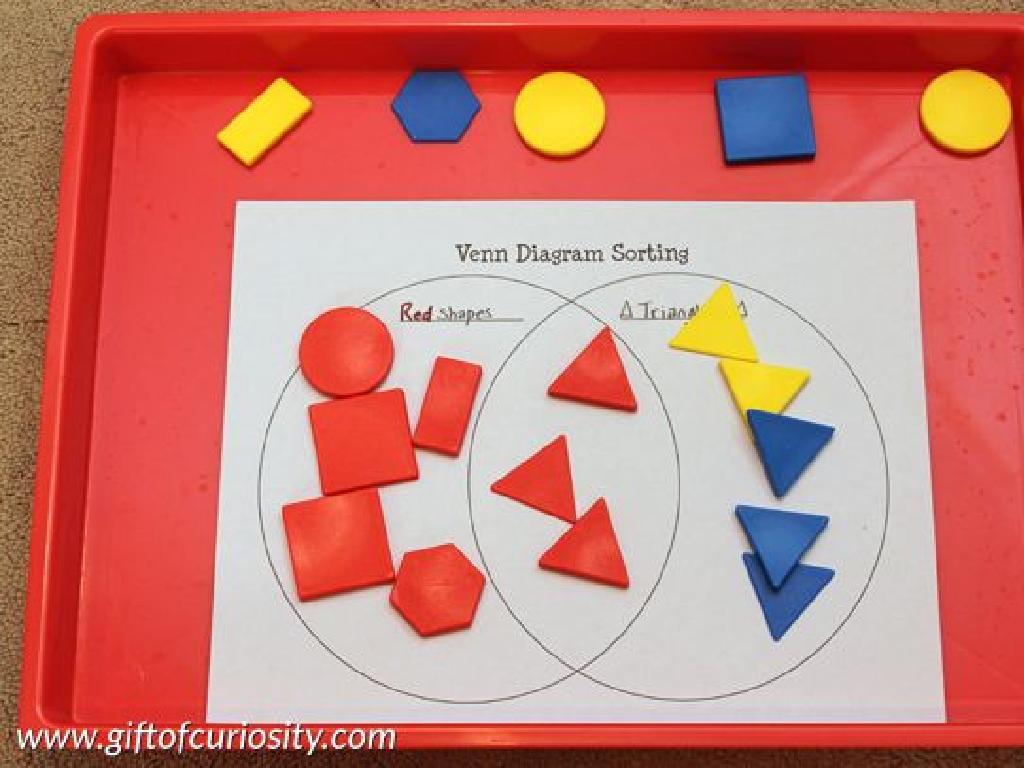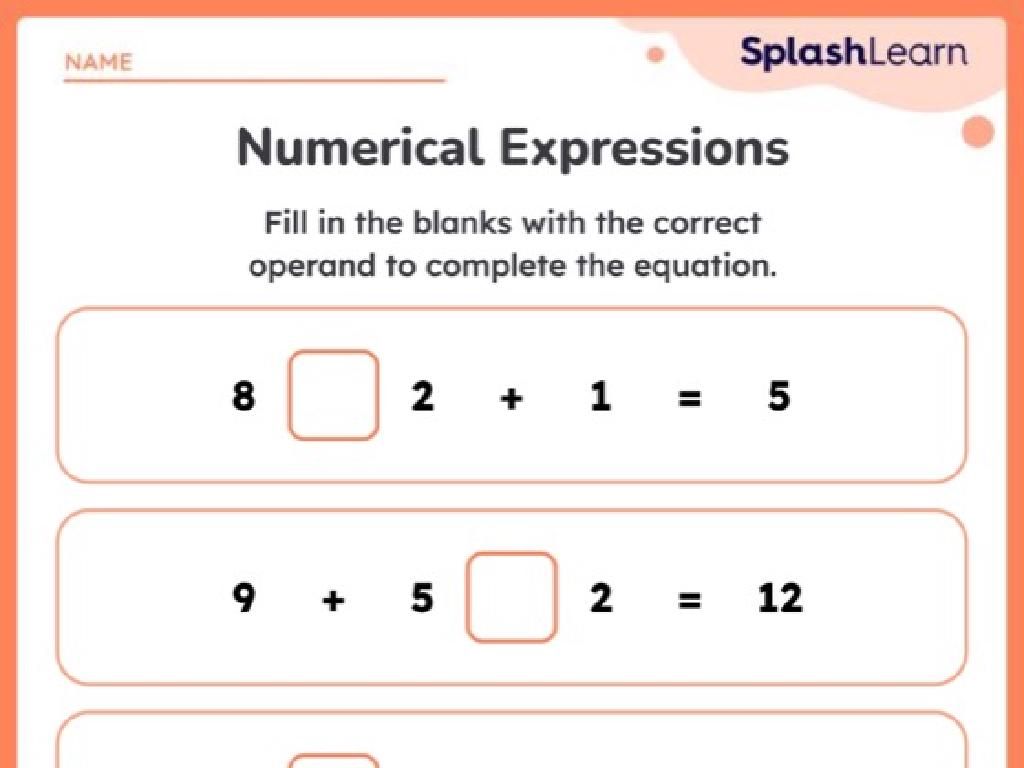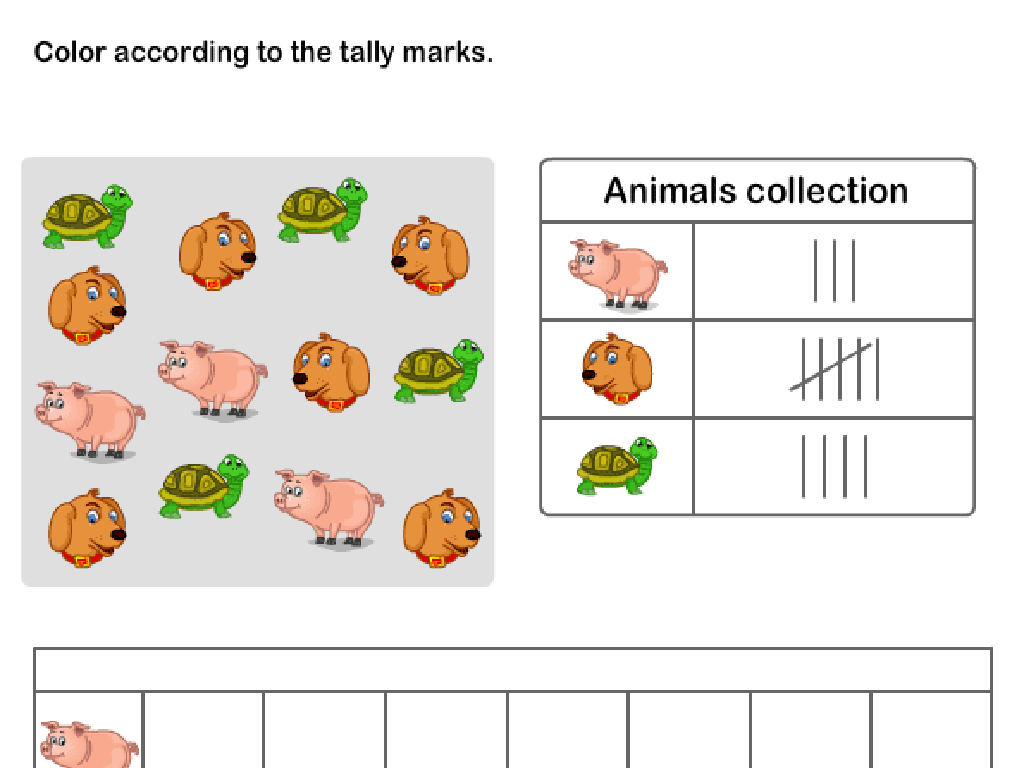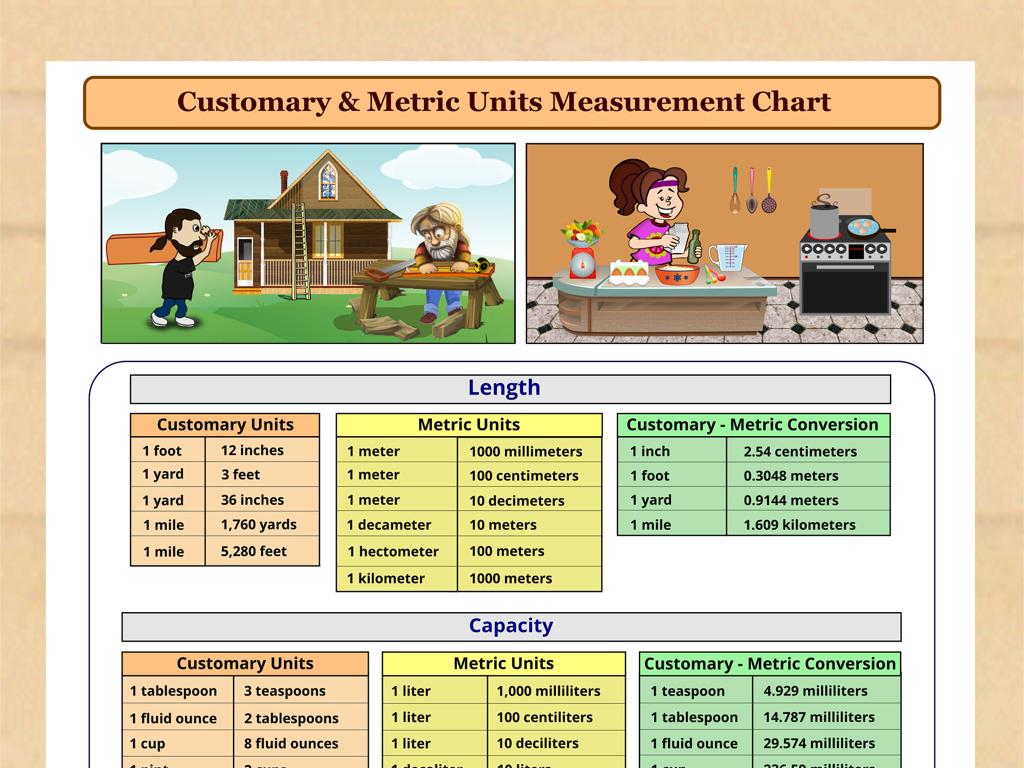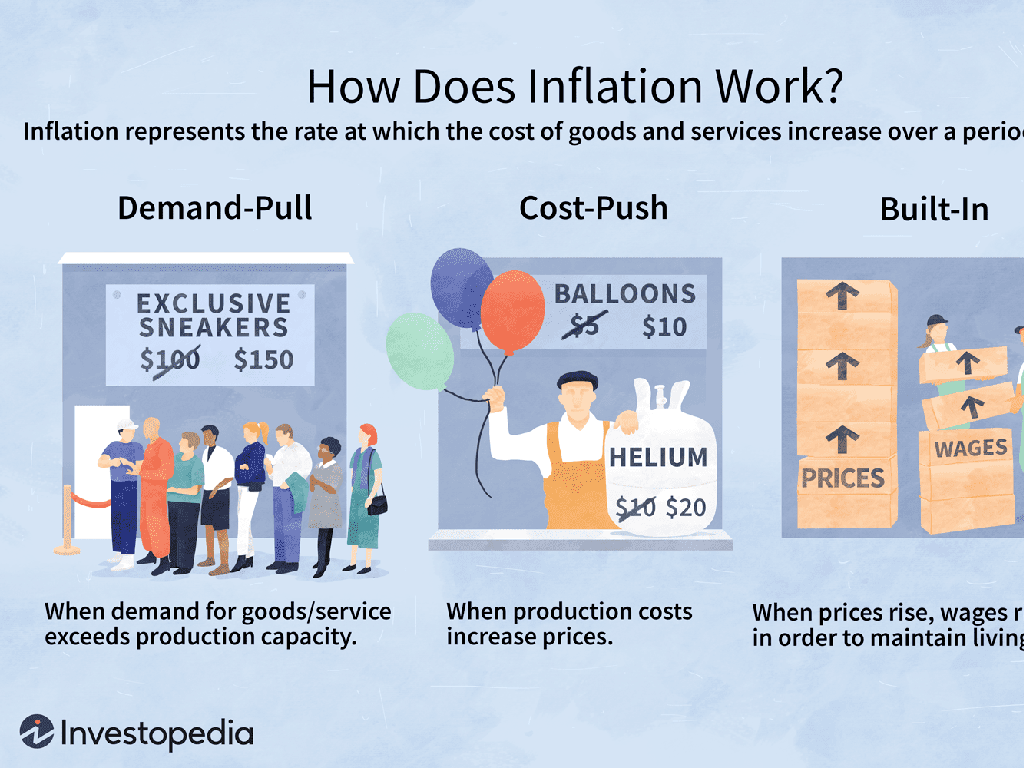Correct Inappropriate Shifts In Pronoun Number And Person
Subject: Language arts
Grade: Sixth grade
Topic: Pronouns And Antecedents
Please LOG IN to download the presentation. Access is available to registered users only.
View More Content
Welcome to Pronouns and Antecedents!
– Understanding pronouns and antecedents
– Pronouns are words that take the place of nouns.
– Defining what pronouns are
– Antecedents are the words pronouns refer to.
– Exploring antecedents
– It’s important to match pronouns correctly with their antecedents.
– Maintaining pronoun-antecedent agreement
|
This slide introduces the concept of pronouns and antecedents, which are fundamental to understanding sentence structure and coherence in writing. Pronouns are words used to avoid repeating nouns, and antecedents are the nouns to which pronouns refer. The lesson will focus on ensuring that students can identify pronouns and their corresponding antecedents, and understand the importance of maintaining agreement in number and person between them. This is crucial for clear and grammatically correct writing. Activities will include identifying pronouns and antecedents in sentences and correcting sentences with pronoun-antecedent agreement errors.
Understanding Pronouns
– Pronouns replace nouns
– A pronoun is used in place of a noun to avoid repetition.
– Examples: he, she, it, they
– ‘He’ for males, ‘she’ for females, ‘it’ for objects, ‘they’ for groups.
– Pronouns function like nouns
– They can be subjects, objects, or show possession just like nouns.
|
This slide introduces the concept of pronouns, which are fundamental in constructing clear and concise sentences. Pronouns are versatile words that can take on the roles of nouns in a sentence, such as the subject, object, or possessive form. It’s important for students to recognize pronouns and understand their function to avoid errors in agreement and clarity. Provide examples of sentences with pronouns and have students identify them. Also, discuss the importance of using the correct pronoun to match the noun it’s replacing in both number (singular or plural) and person (first, second, or third person).
Understanding Antecedents in Pronouns
– Definition of an antecedent
– A word that a pronoun refers to or replaces in a sentence.
– Antecedents and pronouns connection
– ‘The dog’ is an antecedent for ‘it’ in a sentence.
– Example of an antecedent in use
– In ‘The dog barked loudly because it was hungry,’ ‘the dog’ is the antecedent of ‘it’.
– Position of antecedents in sentences
– Antecedents usually come before the pronoun they refer to.
|
This slide introduces the concept of antecedents, which are crucial for understanding pronoun usage. An antecedent is a noun or noun phrase that a pronoun refers to or replaces. It’s important for students to recognize that pronouns take the place of nouns to avoid repetition and to maintain sentence coherence. The example provided should help illustrate how antecedents function in context. When discussing the position of antecedents, emphasize that they typically precede the pronouns they replace. This understanding will aid in identifying and correcting inappropriate shifts in pronoun number and person. Encourage students to practice by identifying antecedents and their corresponding pronouns in sentences.
Matching Pronouns and Antecedents
– Pronouns must match antecedents
– If ‘dog’ is the antecedent, use ‘it’, not ‘they’
– Singular antecedents use singular pronouns
– For ‘Sarah’, use ‘she’ or ‘her’, not ‘they’ or ‘them’
– Plural antecedents use plural pronouns
– With ‘students’, use ‘they’, not ‘it’
– Practice correct pronoun usage
|
This slide focuses on the agreement between pronouns and their antecedents in both number and person. Emphasize the importance of consistency in pronoun usage to maintain clarity in writing. Singular antecedents require singular pronouns, while plural antecedents must be paired with plural pronouns. Provide examples to illustrate correct matches, such as using ‘he’ or ‘she’ for singular human antecedents and ‘they’ for groups or non-specific gender references. Encourage students to practice by rewriting sentences that contain pronoun-antecedent agreement errors. This will help them internalize the concept and apply it in their writing.
Avoiding Pronoun Number Shifts
– Pronoun must match antecedent
– Antecedents are the nouns pronouns refer to
– Singular antecedent needs singular pronoun
– ‘If a person… he or she’ not ‘they’
– Plural antecedent needs plural pronoun
– ‘If people… they’ not ‘he or she’
– Use ‘he or she’ for singular, ‘they’ for plural
|
This slide focuses on maintaining consistency in pronoun number to match the antecedent. An antecedent is the noun that a pronoun replaces or refers to in a sentence. When the antecedent is singular, such as ‘a person,’ the pronoun must also be singular (‘he’ or ‘she’). Conversely, if the antecedent is plural, like ‘people,’ the pronoun should be plural (‘they’). It’s crucial to avoid shifts in number, as it can confuse the reader and lead to grammatical errors. Provide students with examples and exercises to practice identifying antecedents and selecting the correct pronouns. Emphasize the importance of consistency in pronoun usage to improve clarity in writing.
Avoiding Shifts in Pronoun Person
– Pronoun person must be consistent
– Inappropriate shifts confuse readers
– Incorrect: Mixing ‘one’ and ‘you’
– ‘When one is hungry, you should eat.’ is incorrect
– Correct: Use ‘one’ throughout
– ‘When one is hungry, one should eat.’ is correct
|
This slide focuses on maintaining consistency in pronoun person within a sentence. An inappropriate shift in pronoun person occurs when the writer changes the point of view in mid-sentence, which can confuse the reader. For example, using ‘one’ and then switching to ‘you’ in a sentence is incorrect because it mixes different points of view. To correct this, the pronoun should remain the same throughout the sentence. Teach students to identify these shifts and revise sentences for clarity. Have them practice with additional examples and peer review each other’s work for a better understanding.
Let’s Practice: Pronoun Consistency
– Identify pronoun shifts in sentences
– Find pronouns that don t match in number (singular/plural) or person (first/second/third).
– Pair up for discussion and correction
– Talk with your partner about why the pronoun is incorrect and what should replace it.
– Class review of corrected sentences
– We ll go over the sentences together to understand common mistakes.
|
This activity slide is designed to reinforce the concept of pronoun-antecedent agreement and consistency in number and person. Students will work in pairs to identify pronouns that do not logically follow from their antecedents due to shifts in number (singular to plural or vice versa) or person (first to second or third, etc.). After students have discussed and attempted to correct the sentences, the class will come together to review the answers. This will provide an opportunity for collective learning and clarification of any misunderstandings. As a teacher, be prepared with examples of sentences with pronoun shifts and possible corrections. Encourage students to explain their reasoning during the class review.
Class Activity: Pronoun-Antecedent Agreement
– Match pronouns to antecedents
– Use sentence strips to find pairs
– Create sentences with correct agreement
– Ensure pronouns agree in number and person with antecedents
– Present your sentences to the class
– Share your examples with peers
– Understand pronoun-antecedent rules
|
This interactive class activity is designed to help students understand the concept of pronoun-antecedent agreement. Divide the class into small groups and provide them with sentence strips containing various pronouns and potential antecedents. Students will work together to match each pronoun to its correct antecedent. Afterward, they will create their own sentences that demonstrate proper pronoun-antecedent agreement. Each group will then present their sentences to the class, allowing for peer learning. As a teacher, circulate the room to provide guidance and ensure that students are correctly applying the rules. Emphasize the importance of matching pronouns and antecedents in both number (singular or plural) and person (first, second, or third person). Possible activities for different students could include matching exercises, sentence creation, peer review, and group presentations.
Conclusion: Pronoun-Antecedent Agreement
– Review pronoun-antecedent agreement
– Importance of correct usage
Using the right pronoun ensures clarity in writing.
– Homework: 10 sentences practice
Identify and fix pronoun errors in sentences you create.
– Correct pronoun shifts
Shifts in number or person can confuse readers.
|
As we wrap up today’s lesson, it’s crucial to reiterate the importance of maintaining correct pronoun-antecedent agreement to avoid confusion in writing. For homework, students are tasked with writing 10 original sentences that demonstrate common errors in pronoun agreement. They will then correct these errors to reinforce their understanding of the concept. This exercise will help solidify their grasp of how pronouns and their antecedents must agree in number and person, which is essential for clear and coherent writing. In the next class, we can review some of these sentences together to ensure comprehension and address any lingering questions.

